Alright, let’s dive in. You’re standing there on the padel court, and someone mentions the “bandeja.” If you’re new to the game, you might think, "Bandeja? Is that something you order at a tapas bar?" Spoiler alert: it’s not. But, in the world of padel, the bandeja is as important as that cold drink you reach for after a match. This isn’t just any shot—it’s an art form, a strategic move that separates the beginners from the seasoned players.
So, what exactly is the bandeja?
What Is the Bandeja?
In short, the bandeja is a type of volley in padel, but it’s not a smash. It’s a controlled, defensive shot typically hit with a bit of slice or spin. The goal? Keep your opponents back and prevent them from attacking, without handing them an easy opportunity to lob the ball over your head again. It’s the middle ground between an aggressive smash and a soft defensive lob.
The bandeja is your go-to when your opponent throws a high lob your way, and you’re hovering near the net but not quite in position to crush it with a full-on smash. Think of it as a way to maintain pressure, stay in control of the point, and avoid getting caught out of position.
Why Is the Bandeja Important?
Okay, now you know what it is, but why should you care? If you’ve played a few padel matches, you know that the game is about control, angles, and positioning. The bandeja allows you to do just that—it keeps you in control of the rally when your opponent tries to push you back with a lob.
Here’s the thing: smashing every lob is risky. Do it wrong, and you’ll either send the ball flying out of the court or gift your opponents an easy counter. The bandeja lets you handle these high lobs more conservatively, ensuring you stay on the offensive without opening yourself up to attack.
How Do You Execute the Bandeja?
Now, let’s talk technique. The bandeja isn’t about power; it’s all about control and placement. Here’s how you do it:
- Get under the ball – When the lob comes your way, position yourself beneath the ball. You don’t want to hit it too early or too late.
- Body positioning – Your body should be slightly sideways, with your non-dominant foot stepping forward as you prepare to hit the ball.
- The stroke – Use a high-to-low swing, making contact with the ball at the highest comfortable point. Unlike a smash, your swing is smooth and controlled, with a slight slicing motion to add spin.
- Follow-through – Your follow-through should be gentle, aiming for the ball to land deep in the court with enough spin to stay low and prevent an easy return.
The key is to think of the bandeja as a tool for extending the rally while keeping control. It’s a defensive move, but it has an offensive purpose—you’re setting yourself up for the next opportunity, rather than trying to finish the point outright.
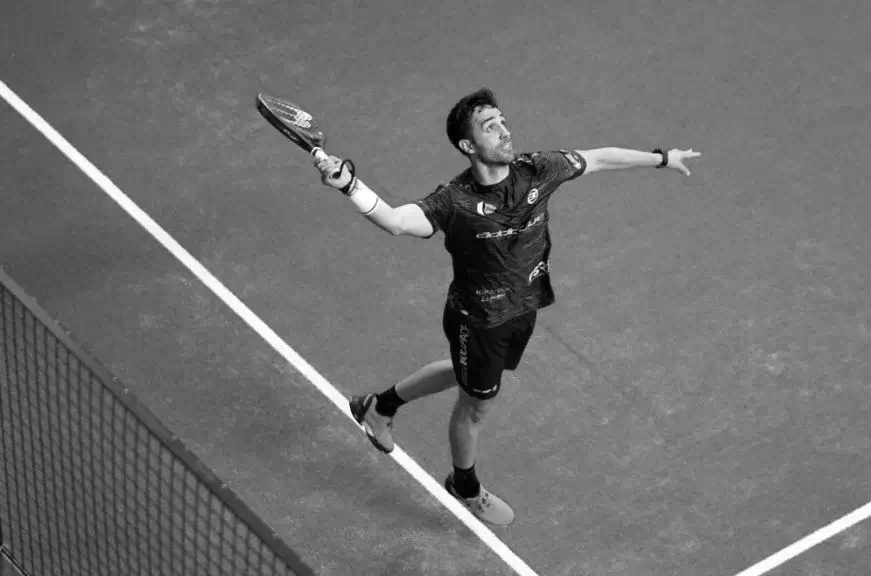
When Should You Use the Bandeja?
Alright, now you know how to hit it, but when do you actually pull this shot out of your toolbox? The bandeja is ideal when you’re near the net, and your opponent throws up a high lob. Instead of retreating to smash, or moving back to reset the point, you can stand your ground and hit a bandeja to maintain your net position.
But here's the catch: the bandeja isn’t a shot you want to spam. Use it strategically—when a lob puts you in an awkward position but you still want to stay in control. It’s especially useful if your opponents are hanging at the baseline, waiting to capitalize on your mistakes.
Common Mistakes When Hitting the Bandeja
Even though the bandeja sounds simple enough, it’s surprisingly easy to mess up. Here are a few common errors players make:
- Overhitting – The bandeja isn’t about power. If you hit it too hard, the ball will bounce high, giving your opponents an easy shot. Keep it low and controlled.
- Poor positioning – If you’re too far forward or too far back when you hit the bandeja, you’ll lose control of the shot. Make sure you’re under the ball and in the right position.
- Lack of spin – Spin is your best friend with the bandeja. Without it, the ball will bounce higher and sit up nicely for your opponents. Add a bit of slice to keep the ball low.
- Rushing the shot – Patience is key. You don’t have to rush the bandeja. Take your time, get under the ball, and execute with precision.
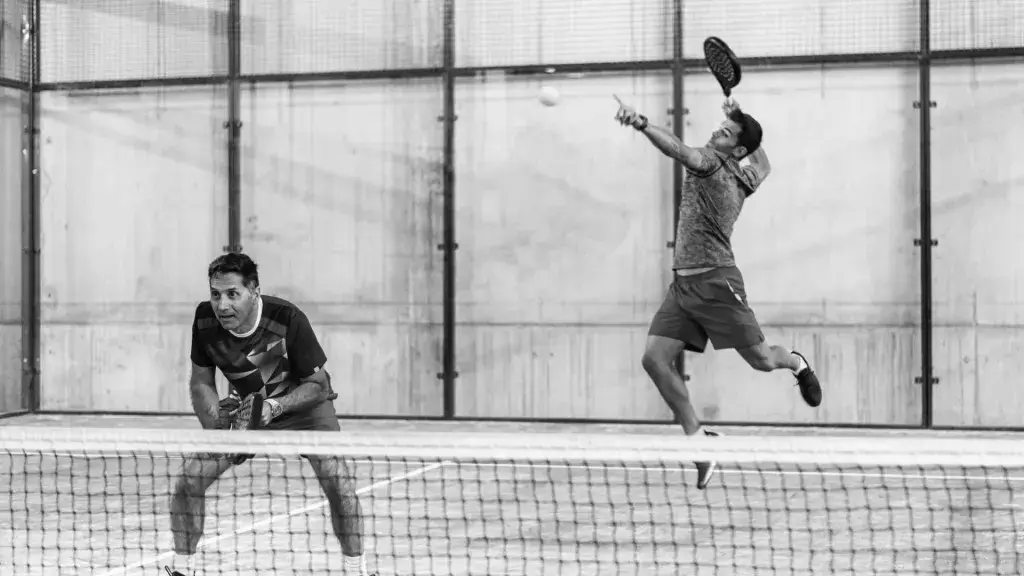
The Difference Between a Smash and a Bandeja
So you might be wondering, what’s the real difference between a smash and a bandeja? After all, both are used against lobs, right?
Well, the smash is a full-power shot meant to end the point. You go for broke, hoping to either hit a winner or force an error. It’s an aggressive move, meant to finish things quickly. The bandeja, on the other hand, is a more controlled shot. Instead of going for the kill, you’re playing the long game, trying to keep your opponents pinned at the back of the court.
Another key difference is the trajectory. A smash usually involves a downward trajectory, while the bandeja is hit more horizontally with a slight drop, keeping the ball low after it bounces.
Why Is the Bandeja Called That?
The term bandeja literally translates to "tray" in Spanish, and if you watch a player execute the shot, it all starts to make sense. The paddle’s angle and positioning resemble someone balancing a tray in their hand, like they’re about to serve up something fancy.
Picture it: the player moves in, lines up the shot, and tilts their paddle just right—smooth and controlled, like a waiter delivering drinks with zero spills. It’s got that same elegance, but instead of a tray of cocktails, they're serving up a strategic shot designed to keep their opponent scrambling.
So yeah, the bandeja isn’t just a name pulled out of thin air—it’s a perfect visual metaphor. Once you’ve seen it done right, you’ll never forget why it’s called what it is.
Advanced Tips to Master the Bandeja
Once you’ve got the basics down, there are a few advanced tricks to take your bandeja to the next level:
- Add more slice – The more slice you add to your bandeja, the harder it is for your opponent to attack. This will make the ball skid low after it bounces, forcing a difficult return.
- Vary the placement – Keep your opponents guessing by varying the placement of your bandeja. Sometimes hit it to the middle of the court, other times aim for the corners.
- Use the walls – If you can, try to angle the bandeja so that it hits the side or back wall after bouncing. This makes it even tougher for your opponents to respond.
Why Do Some Players Struggle with the Bandeja?
The bandeja is one of those deceptively tricky shots. On the surface, it might seem like just another overhead, but in reality, it demands a unique blend of timing, control, and patience. Many players struggle with it because their instincts are to go for the big, powerful smash—something that feels more satisfying but isn’t always the smartest move. The bandeja is all about finesse, not brute force, and that’s where people get tripped up.
Timing is everything. Hit the shot too early or too late, and you either lose control or send the ball straight into your opponent’s sweet spot. And then there’s the matter of touch—something that not every player has right off the bat. The bandeja isn’t about crushing the ball; it’s about placing it just right, keeping your opponents pinned back while you maintain control of the point. That kind of precision takes practice—lots of it. It’s a shot that forces you to dial down the power and focus on strategy.
But here’s the thing: once you get the feel for it, the bandeja becomes a game-changer. It’s not just another shot in your toolbox—it’s a weapon. When executed correctly, it frustrates opponents, resets the rally, and gives you the upper hand in those mid-court battles. Like most skills in padel, the bandeja takes time to master, but once you do, it’ll make a world of difference in your game.
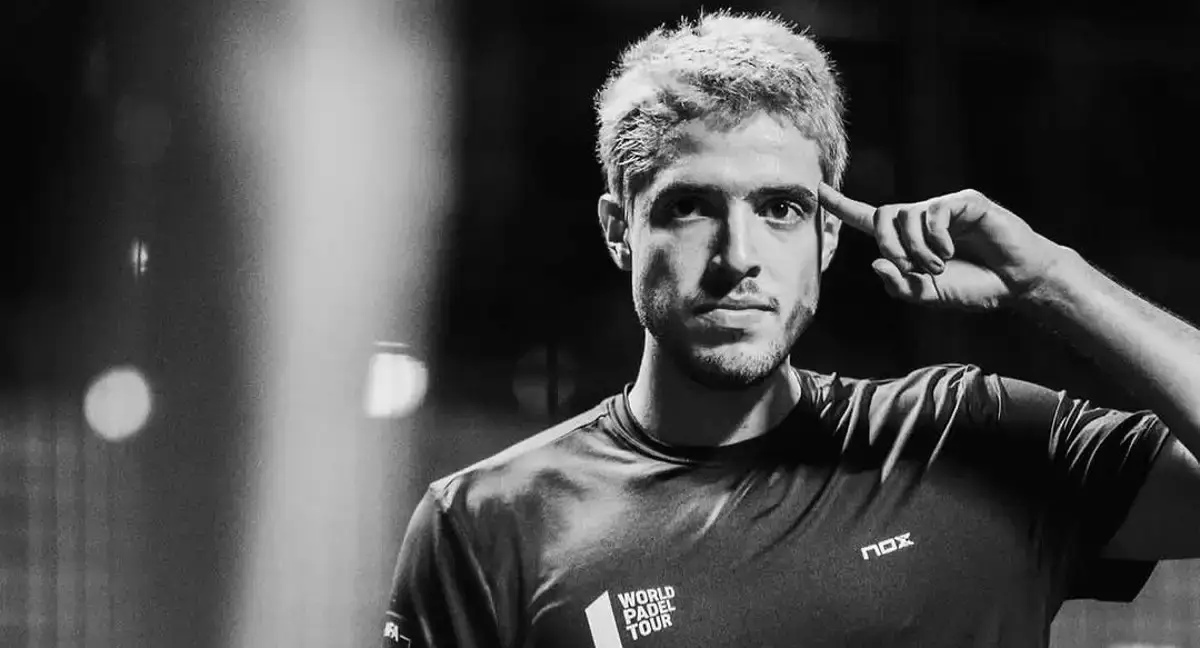
The Bandeja Is the Thinking Player’s Shot
The bandeja is the ultimate shot for the thinking player. If padel were like a chess match, the bandeja would be that strategic move you make after carefully considering your next two or three steps. It's not about overpowering your opponent; it's about keeping them right where you want them. With this shot, you're not just hitting the ball—you’re controlling the entire rally, dictating where the game goes next. That kind of foresight is what separates average players from those who truly dominate the court.
Unlike the smash, which is all about raw power and instant gratification, the bandeja requires restraint. It’s the shot you pull out when you know a smash might give your opponent the opportunity they’re waiting for. Instead of blasting the ball, you hit it with precision, keeping your opponents deep in their corner, frustrated, and scrambling to get back into position. The beauty of the bandeja lies in its subtlety—it’s not about ending the point in one hit; it’s about prolonging the rally in a way that keeps you firmly in control.
So next time someone lobs you, don’t fall into the trap of going for the smash. Take a breath, think ahead, and go for the bandeja instead. You’ll not only stay in the rally longer, but you’ll also find yourself frustrating your opponents as you maintain control, point after point. Master the bandeja, and you’re playing chess while they’re stuck playing checkers.
Frequently Asked Questions about the smash
What is the main difference between a bandeja and a smash in padel?
The bandeja is a controlled shot designed to maintain pressure without overcommitting, while the smash is an aggressive shot meant to finish the point.
When should you use the bandeja in a padel match?
Use the bandeja when your opponent throws a high lob, and you want to keep control without retreating to smash or giving up your net position.
Why is spin important in the bandeja?
Adding spin, especially slice, keeps the ball low after it bounces, making it harder for your opponents to return effectively.
Can beginners master the bandeja easily?
While the bandeja takes time to master, beginners can learn it with practice by focusing on control, timing, and positioning.
How can you practice the bandeja?
To practice the bandeja, start by working on your positioning and timing. Gradually add slice to your shots and focus on keeping the ball low after it bounces.
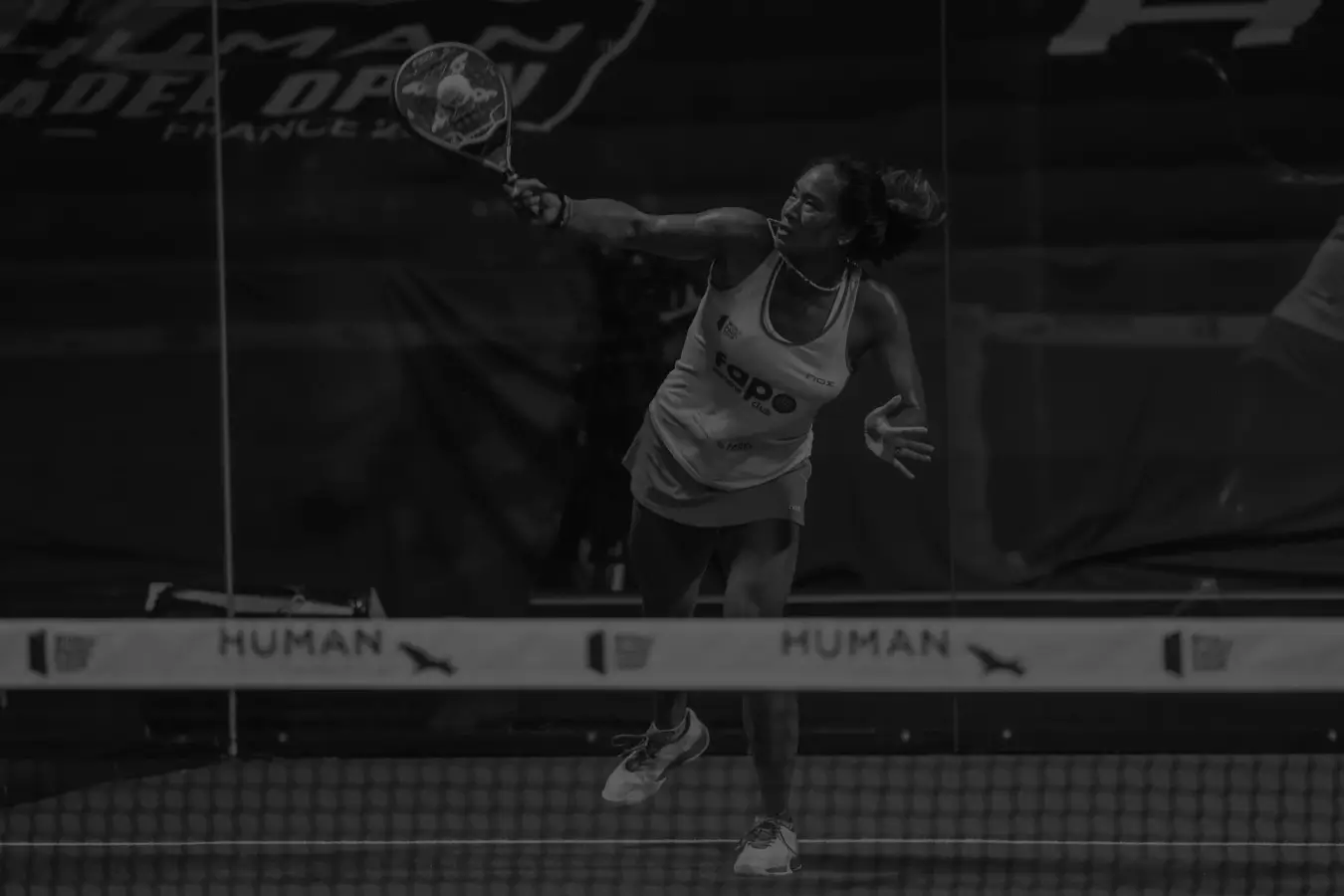

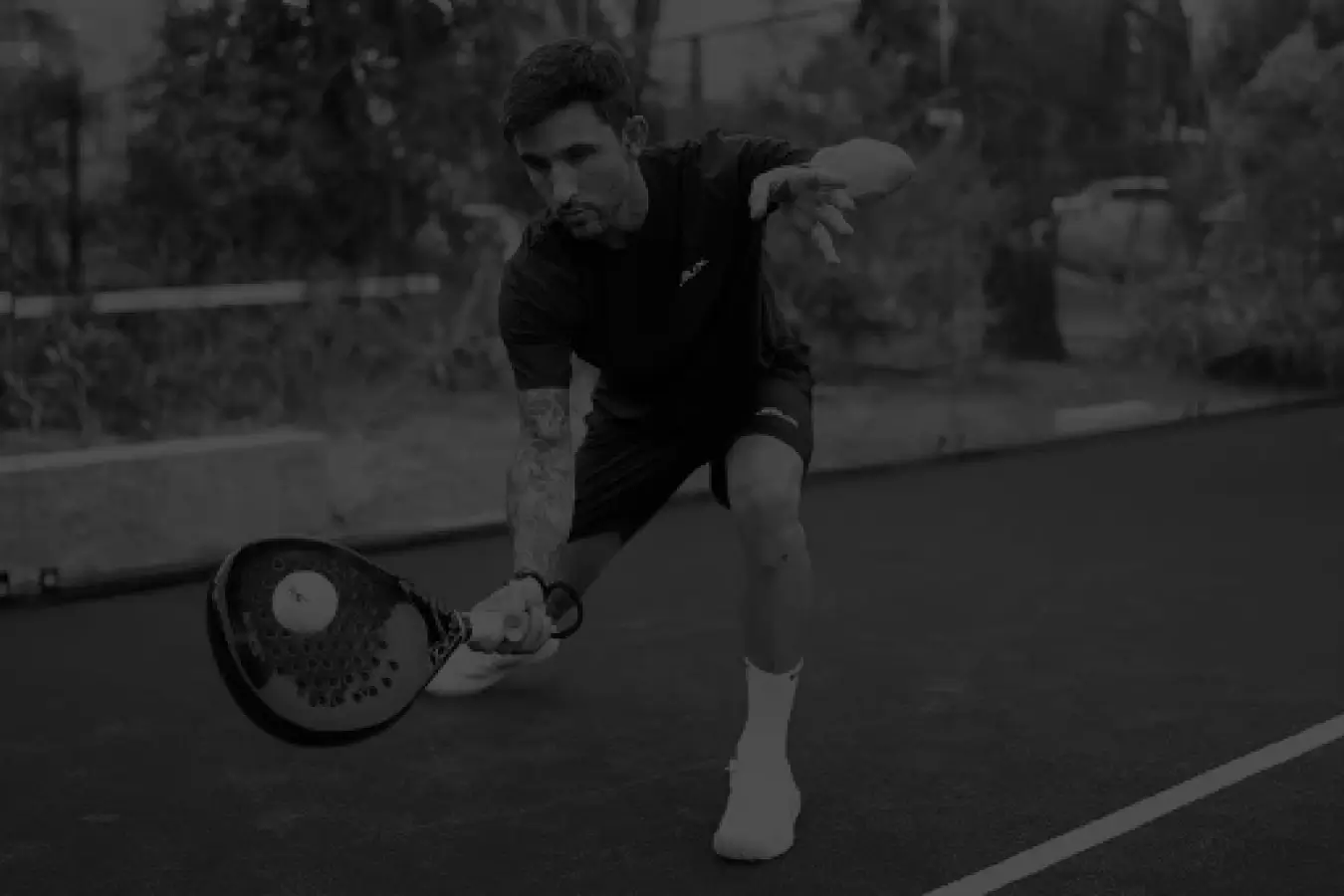
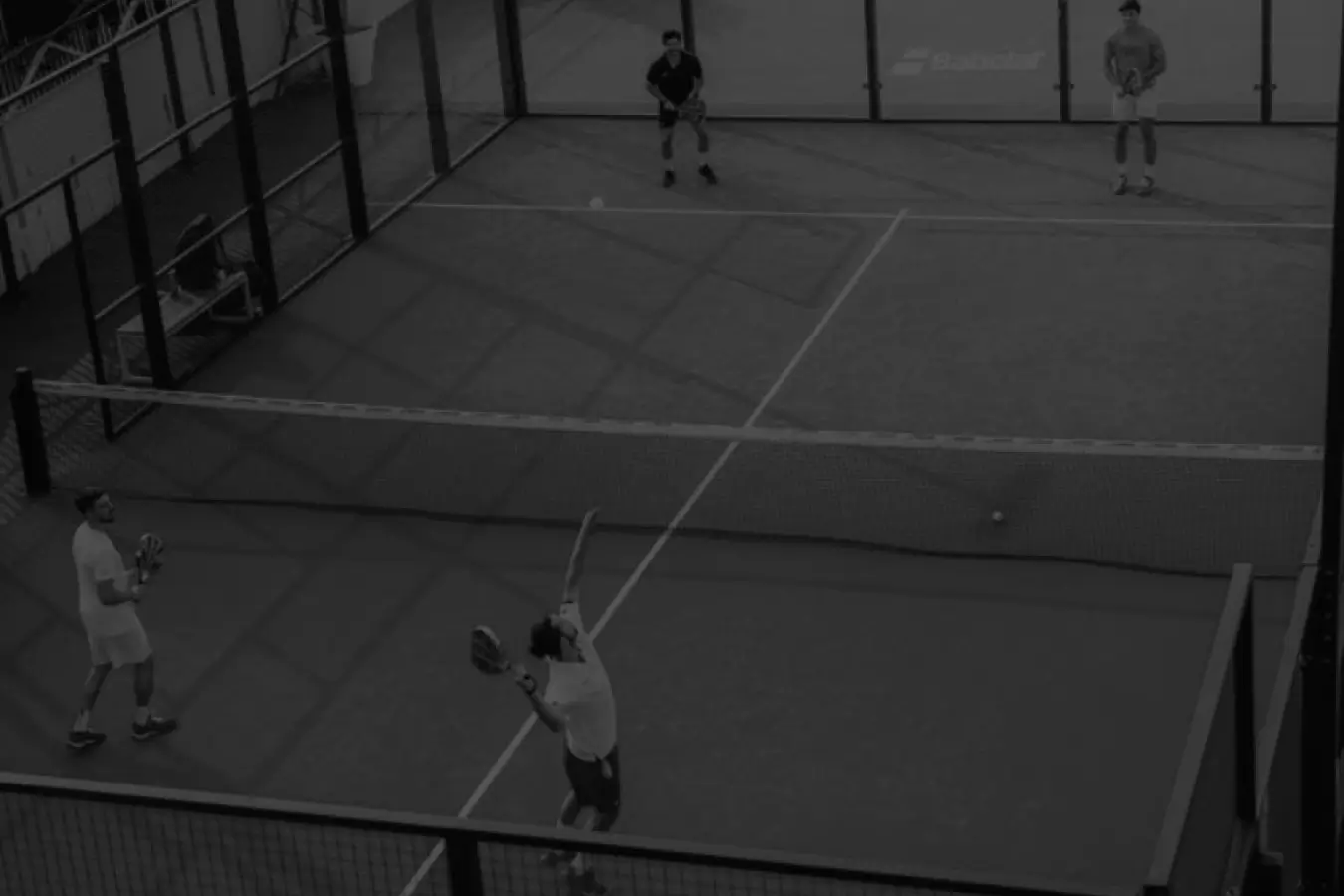
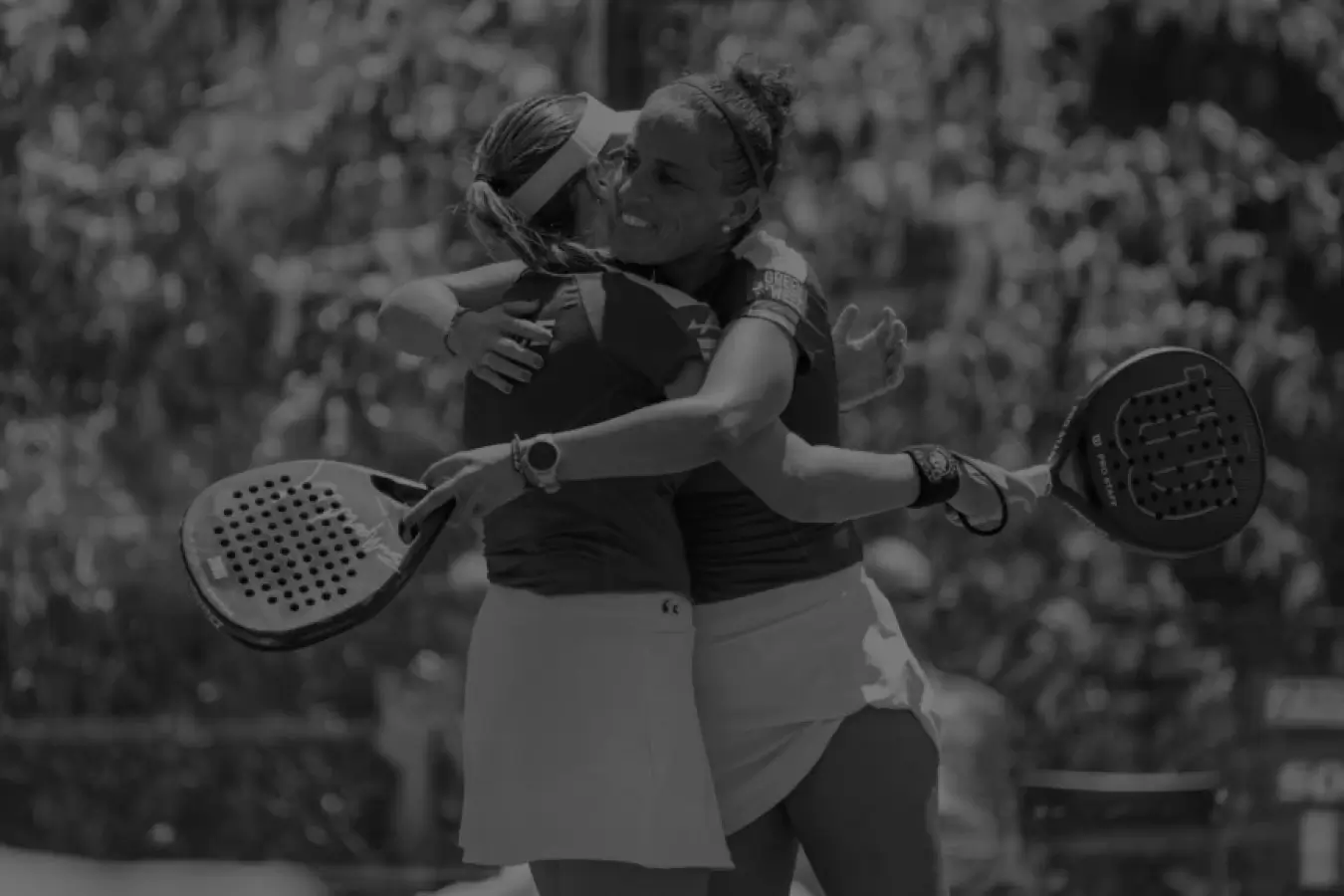
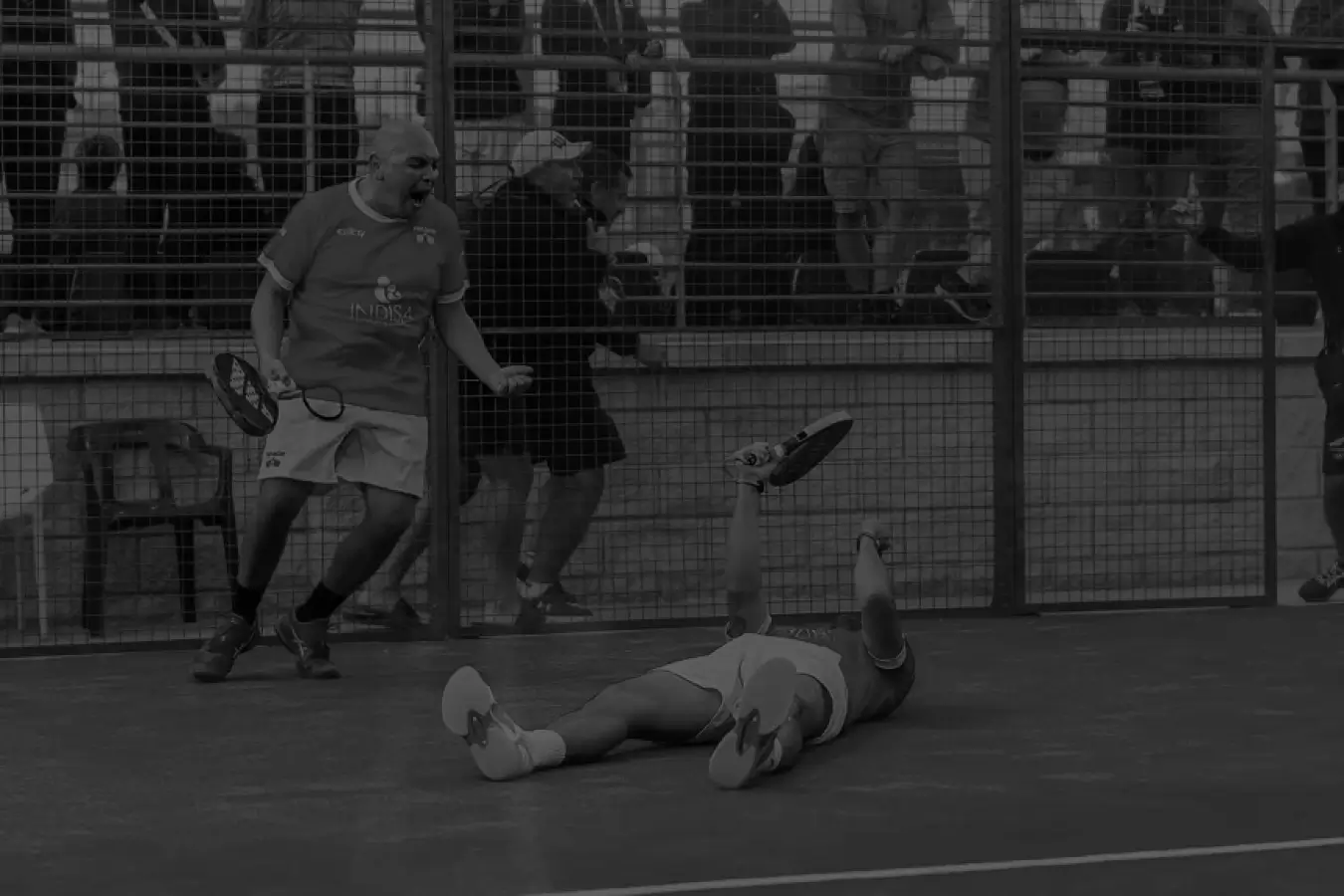
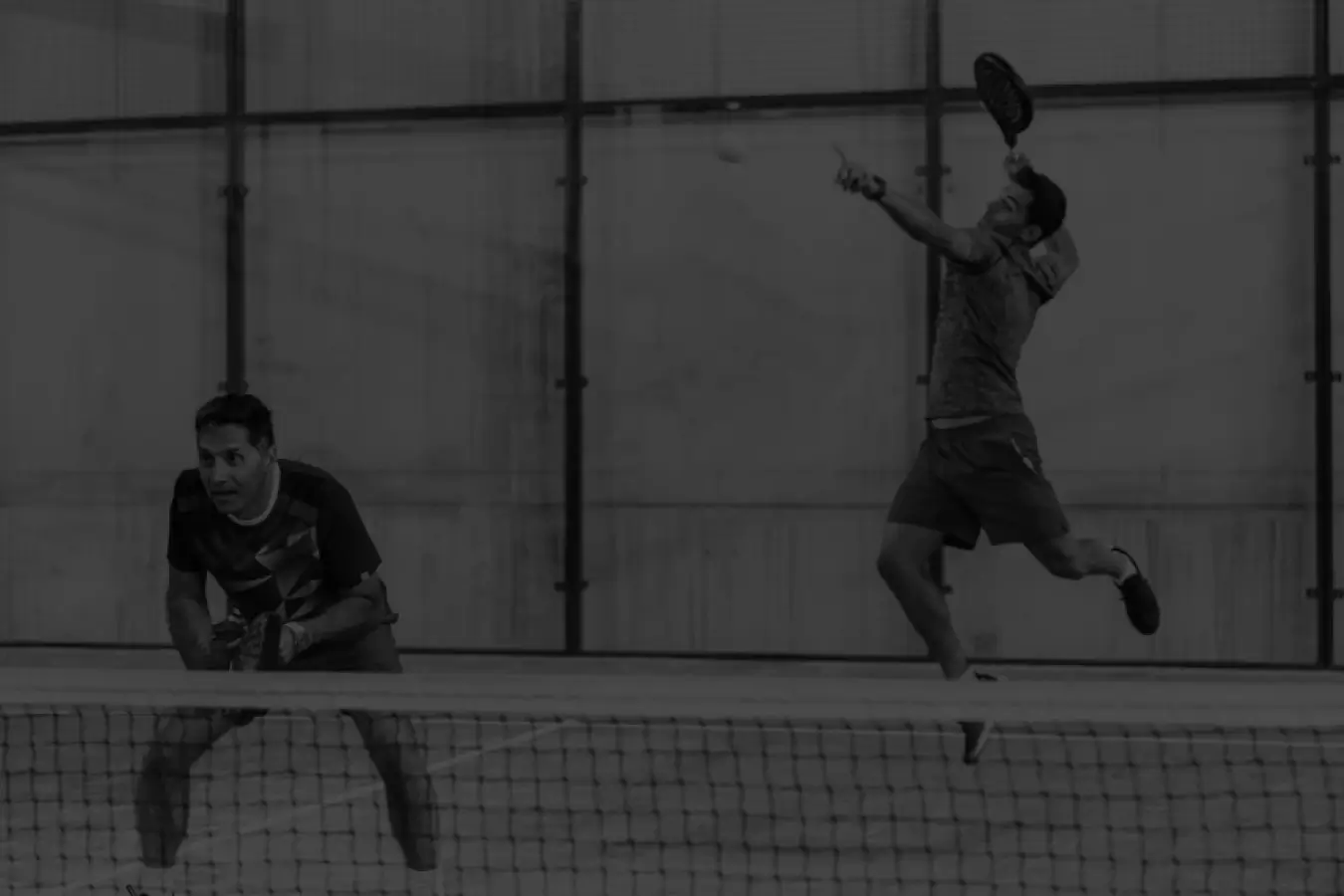
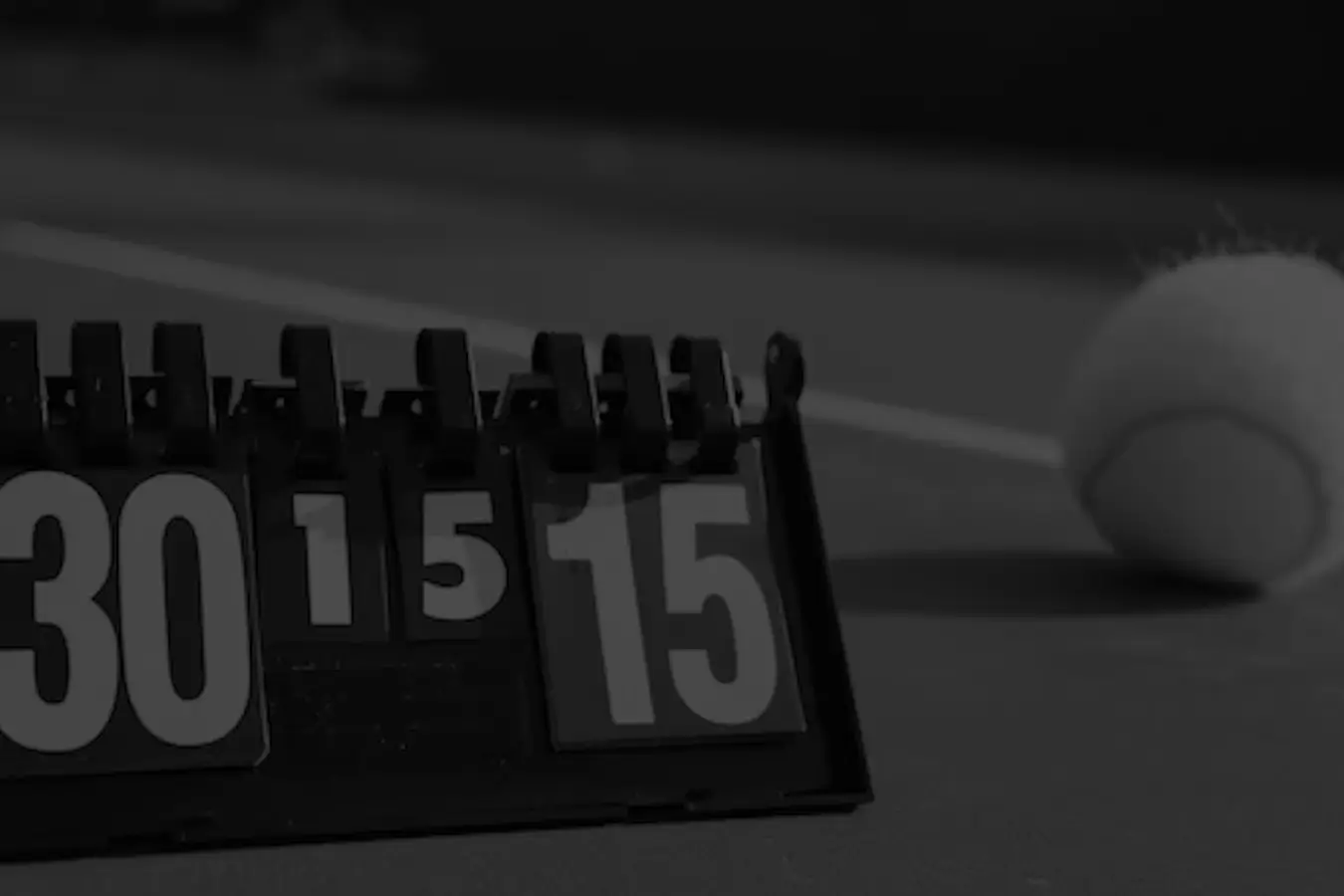
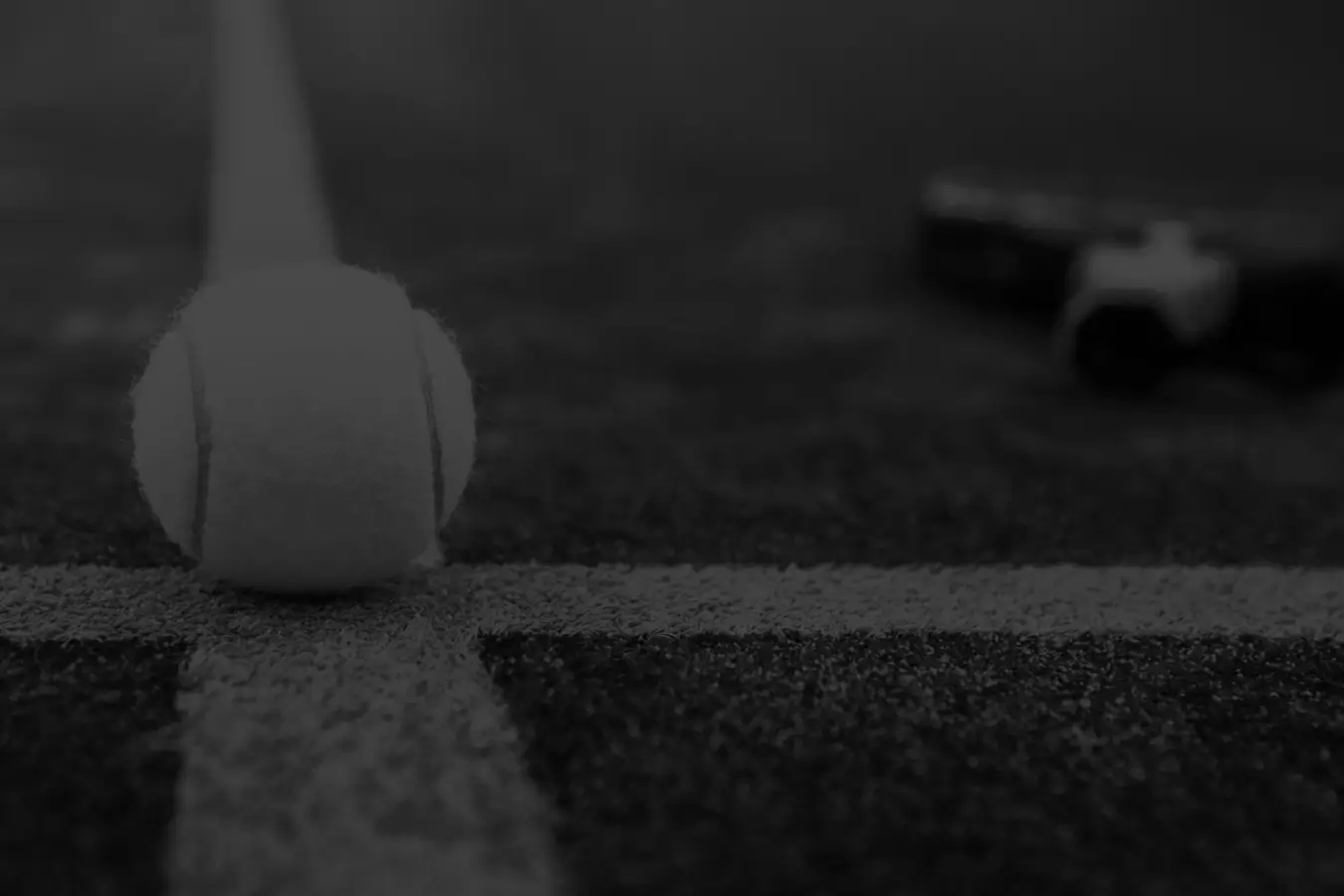
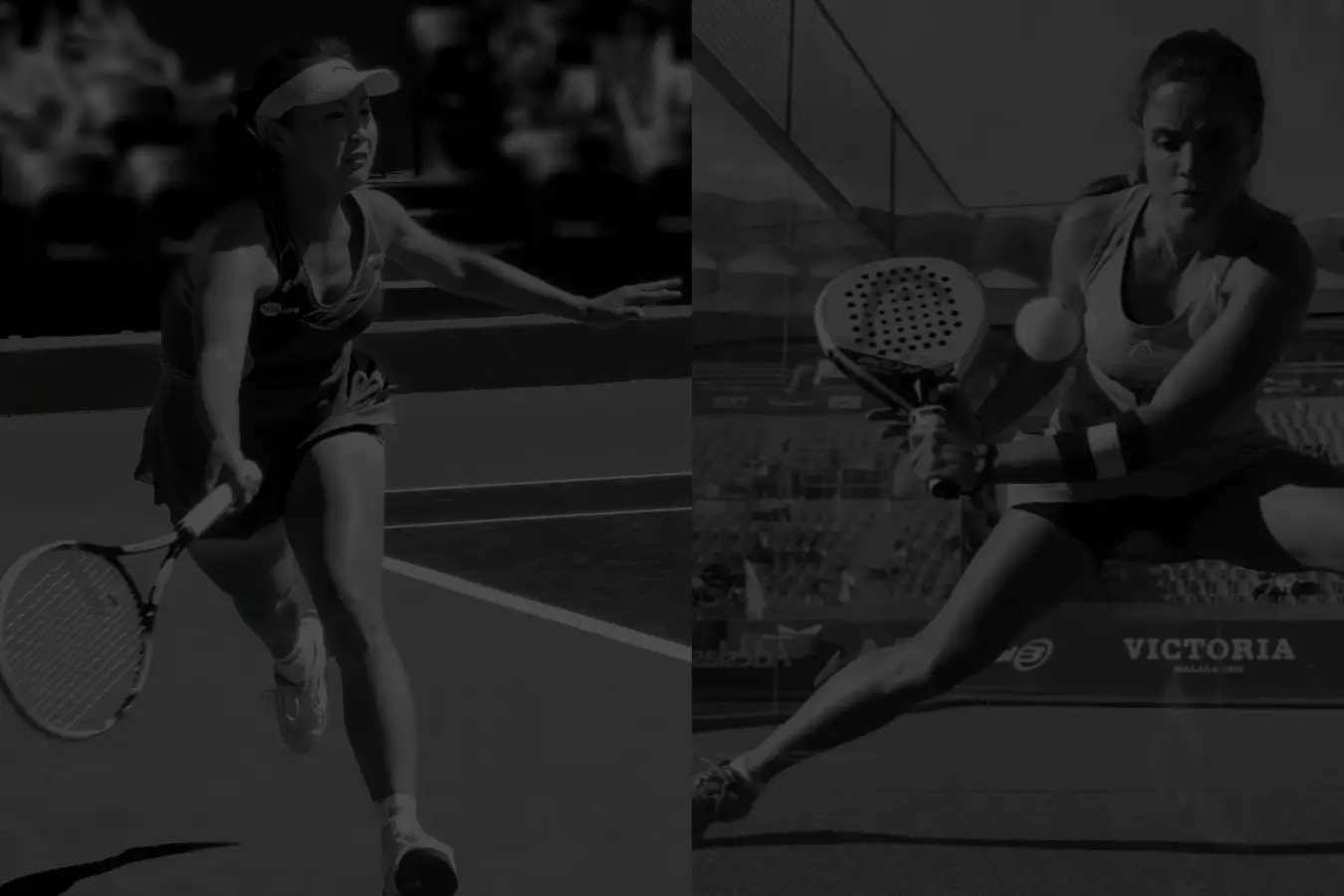
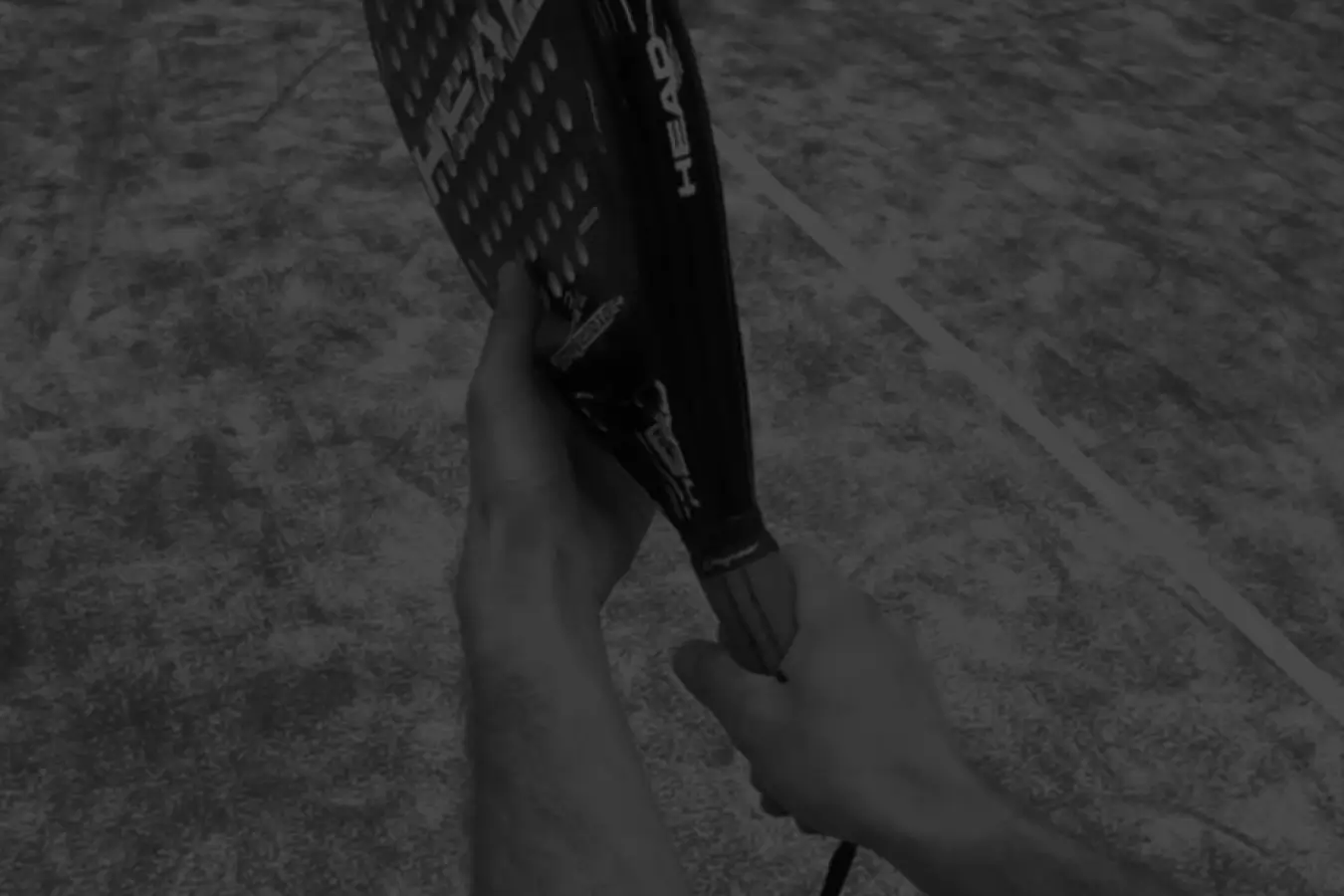
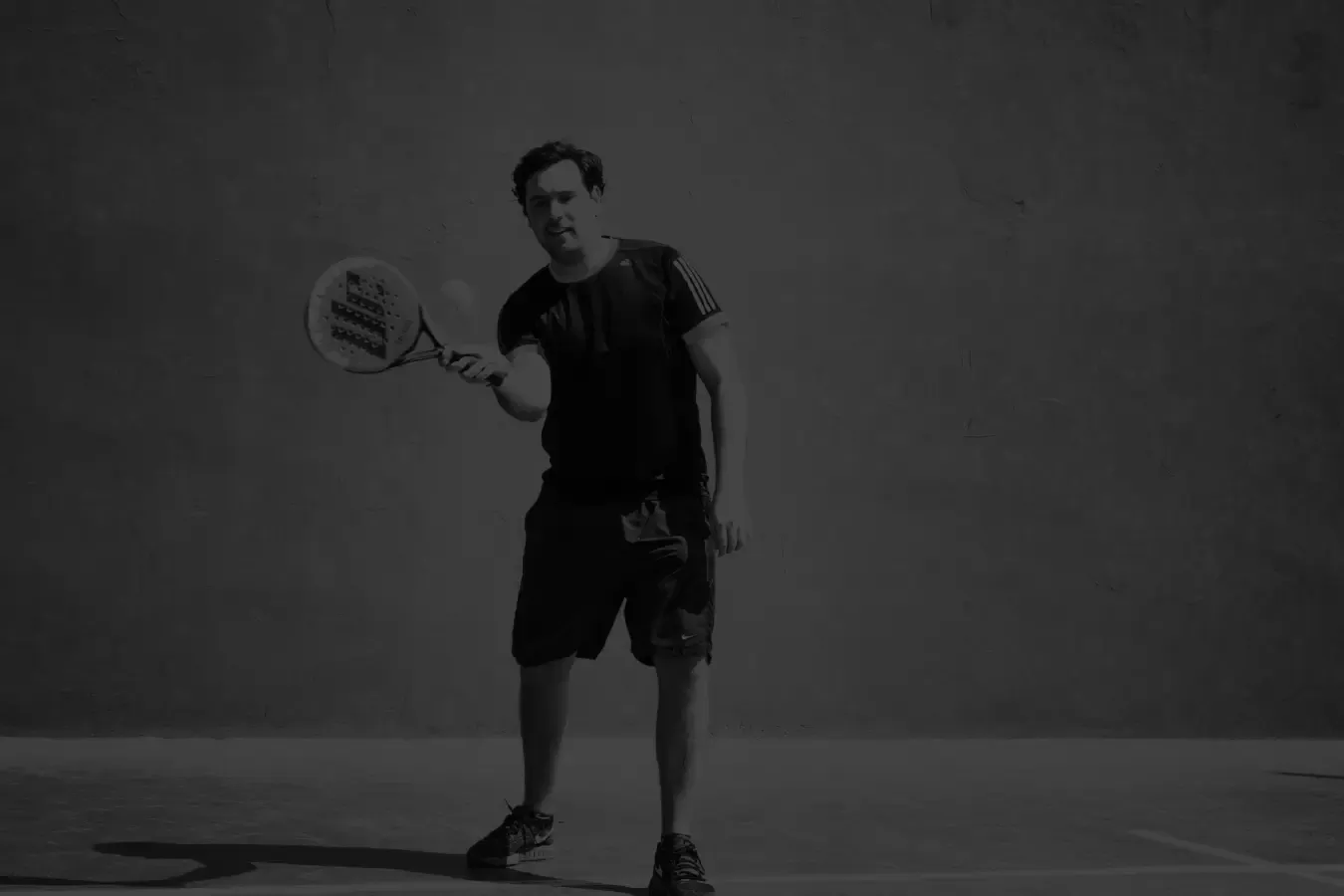
Discussion